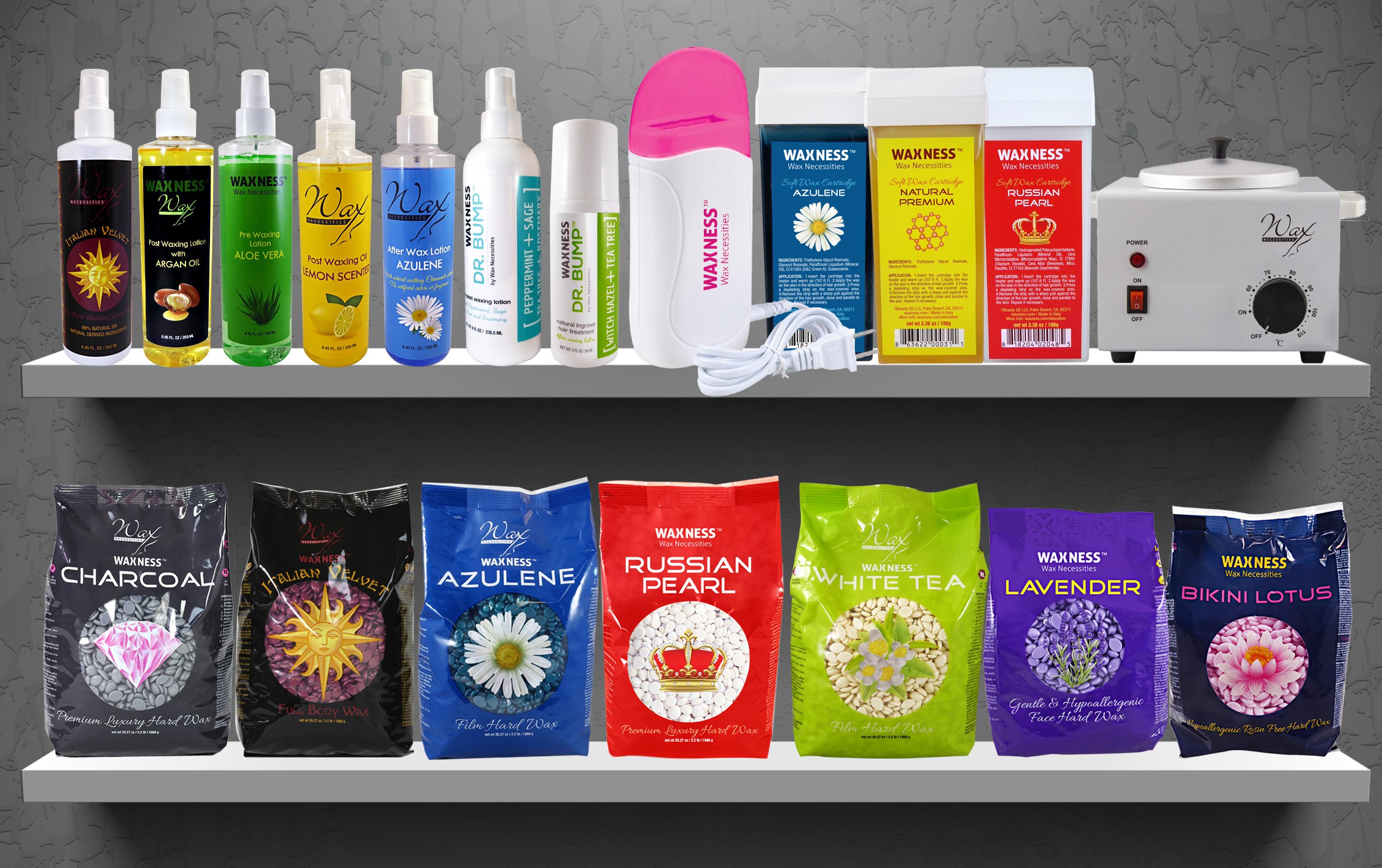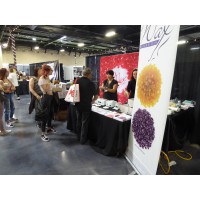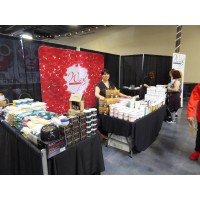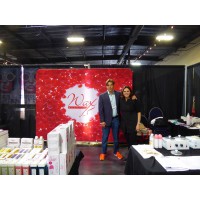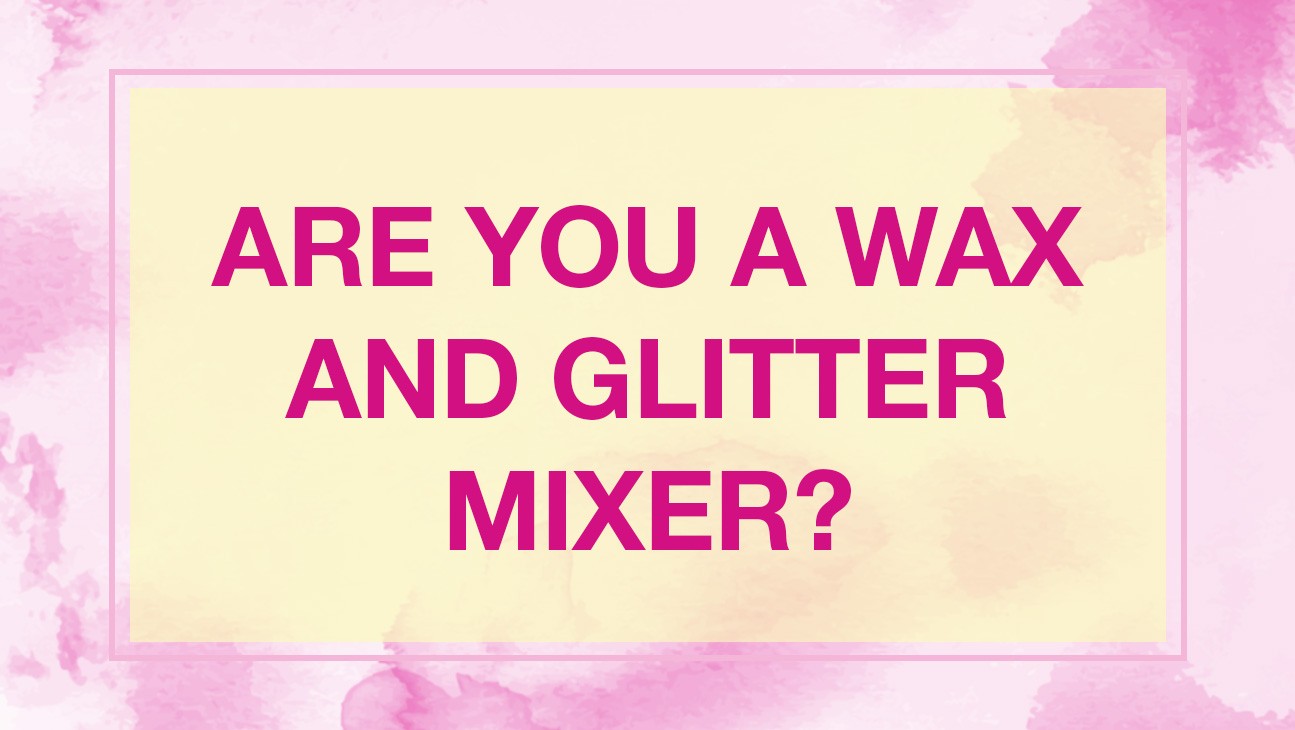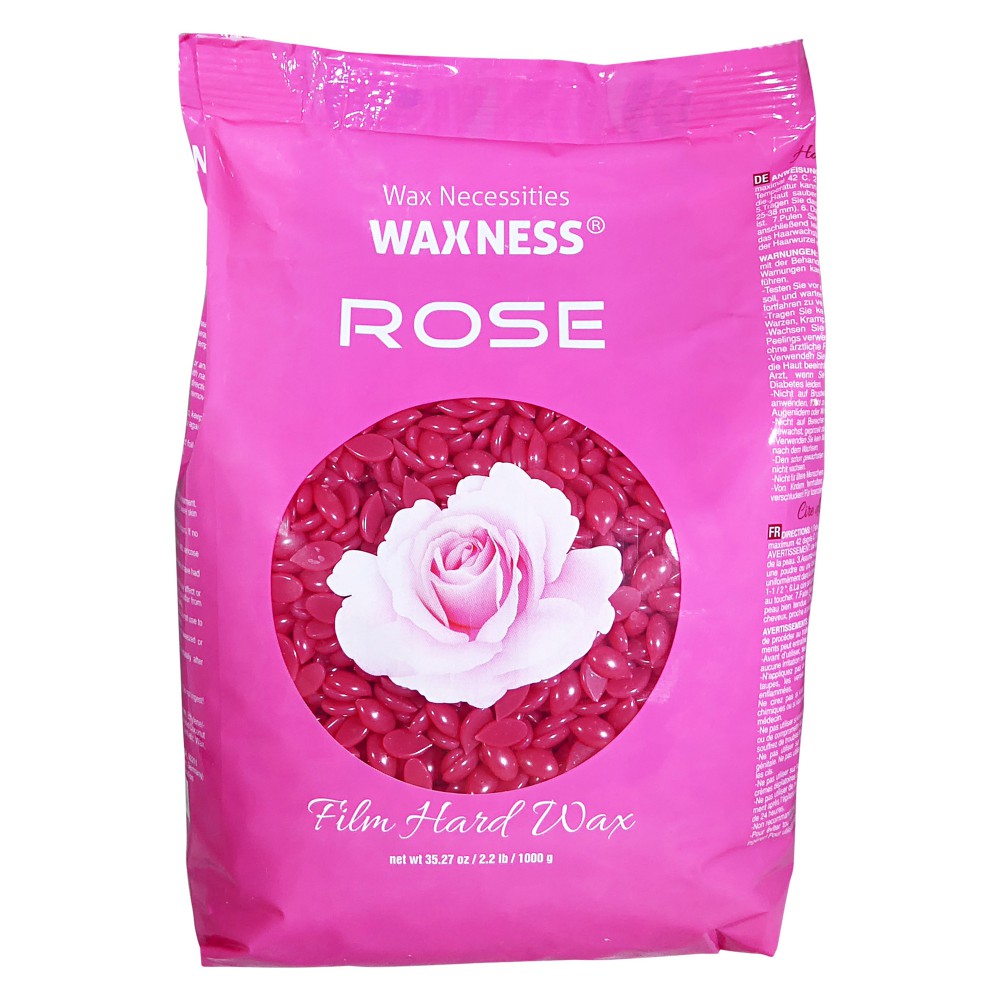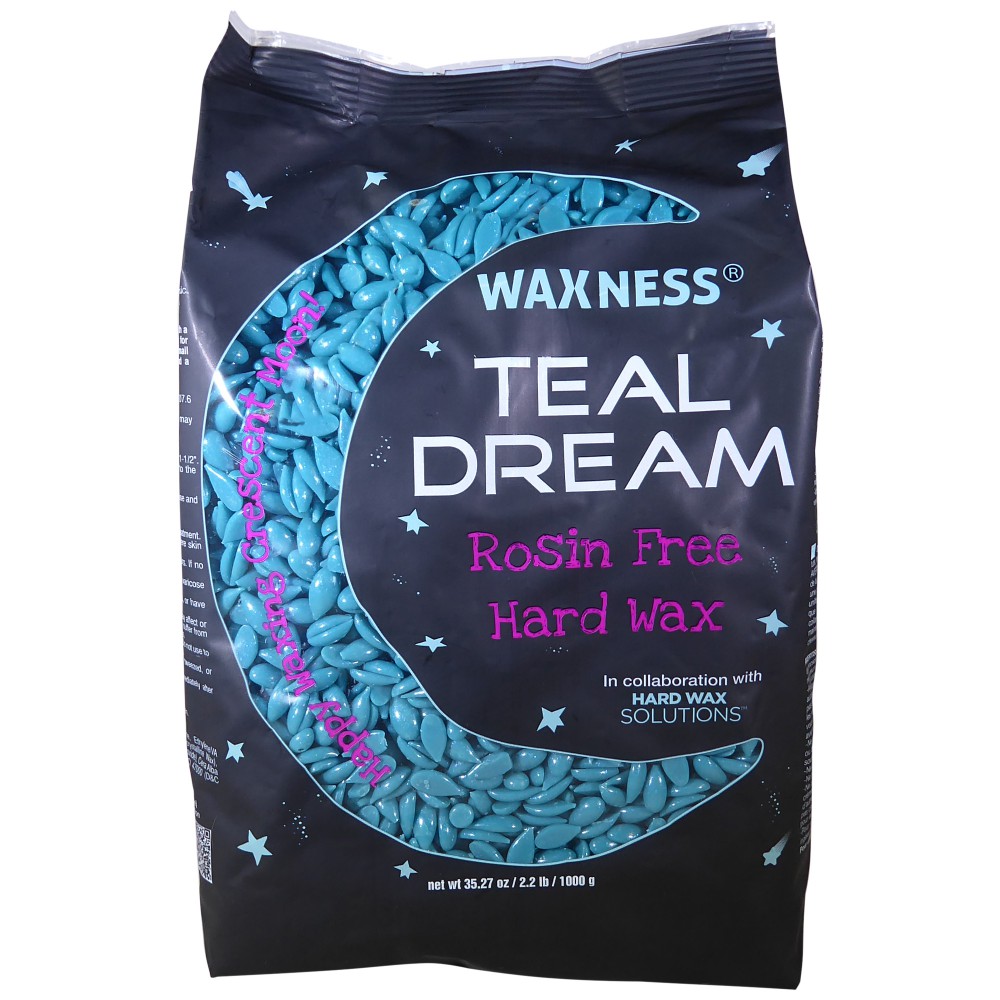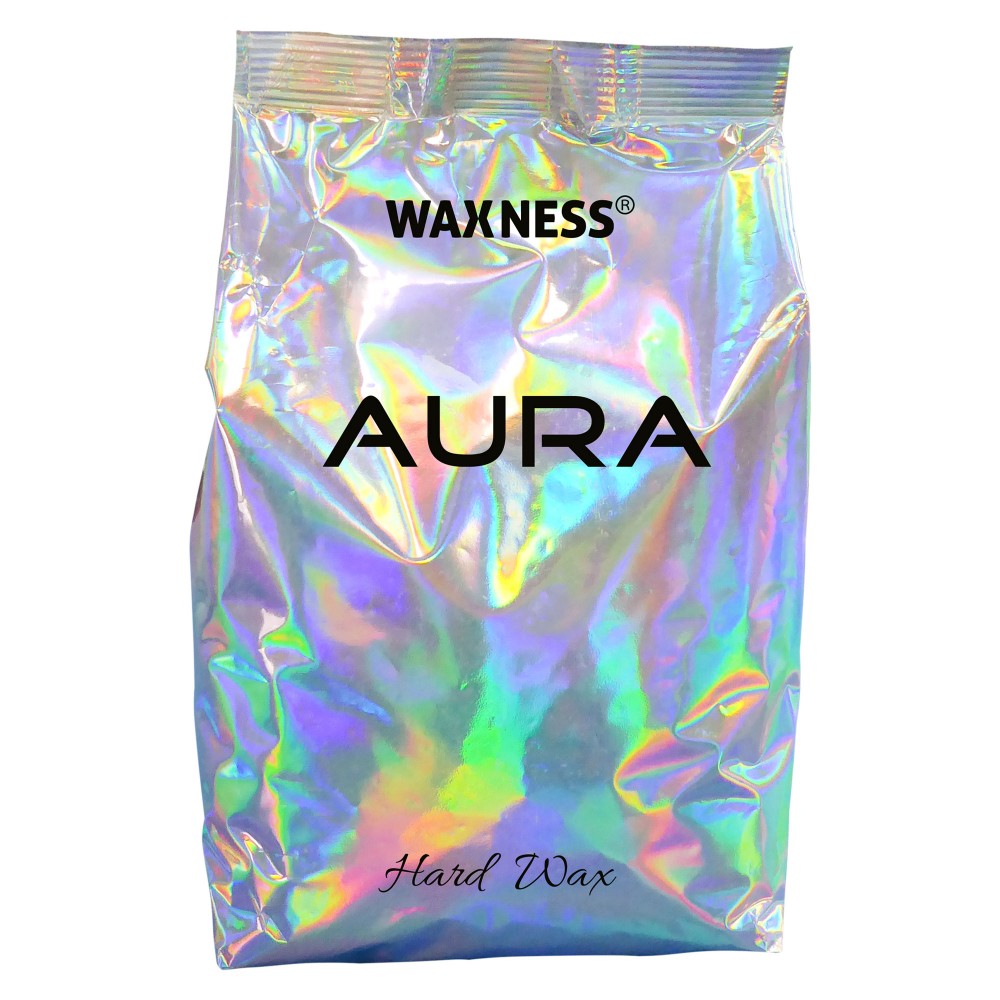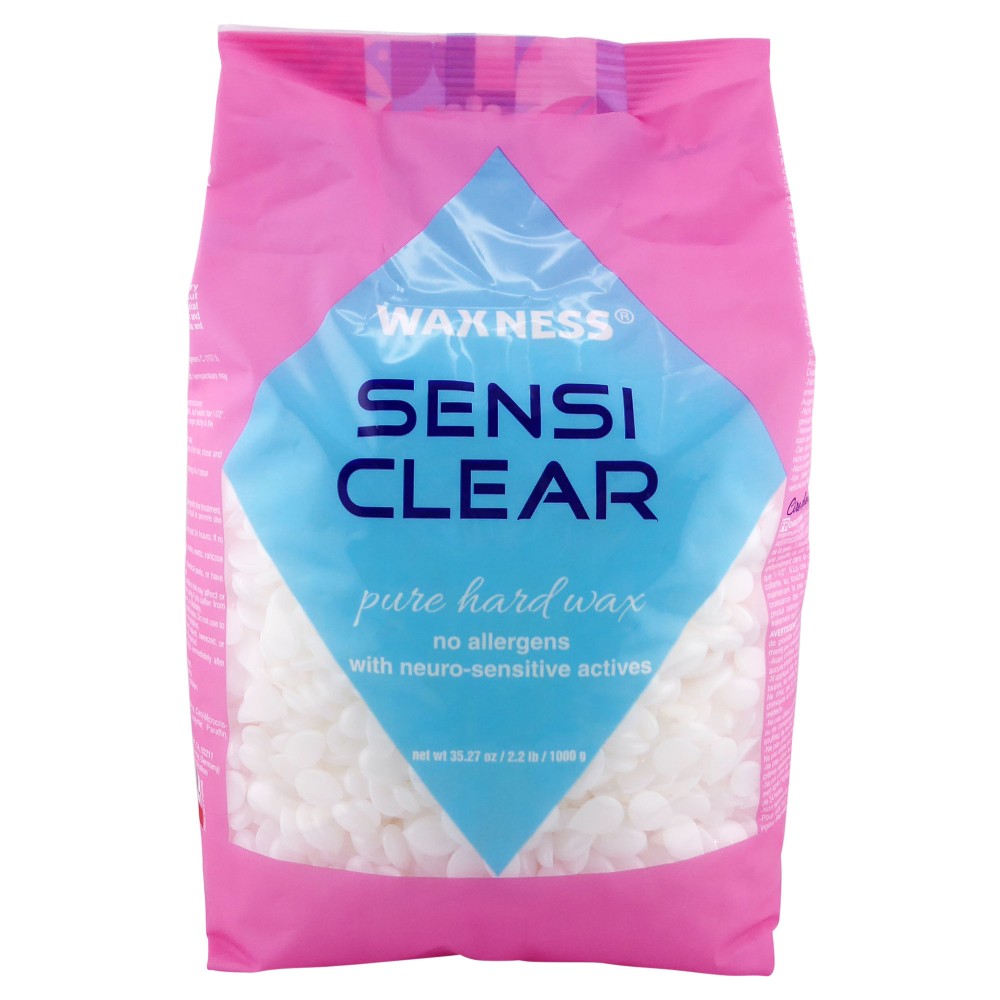March 8-10, 2026. Be+Well - Beauty and Wellness Show, New York!
Blog Search
Blog
-
Premiere Anaheim ShowNovember 19th 2025Posted in: ShowsPosted on November 19th 2025Read more ...
February 1-2, 2026. Premiere Anaheim - the Ultimate Beauty Experience in Anaheim, California!
-
ICES Long Beach, CaliforniaOctober 8th 2025Posted in: ShowsPosted on October 8th 2025Read more ...
August 23 - 24, 2026. The leading industry event for skin care and spa professionals!
-
ICES Dallas, TexasJuly 12th 2025Posted in: ShowsPosted on July 12th 2025Read more ...
May 17-18, 2026. The International Congress of Aesthetics and Spa
-
Waxness won the best value waxing brand in the US!March 26th 2025Posted in: NewsPosted on March 26th 2025Read more ...
We are so grateful to be nominated as best “Value Waxing Brand in the US” for Dermascope Magazine’s 2025...
Popular posts
-
 REFERRAL PROGRAM – SPREAD THE NEWS AND GET REWARDSPosted in NewsAugust 13th 2020Are you currently using our wax and you are happy with it? We would like to reward you for your fidelity. If you tell...Read more ...
REFERRAL PROGRAM – SPREAD THE NEWS AND GET REWARDSPosted in NewsAugust 13th 2020Are you currently using our wax and you are happy with it? We would like to reward you for your fidelity. If you tell...Read more ... -
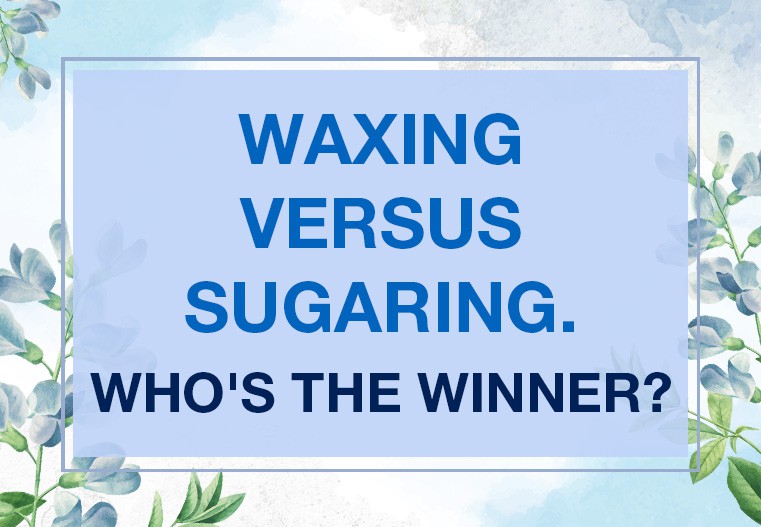 Waxing versus sugaring. Who's the winner?Posted in EducationSeptember 21st 2020Waxing is preferred by most beauticians. But lately the sugaring is in fashion. Why? Does it worth switch from waxing...Read more ...
Waxing versus sugaring. Who's the winner?Posted in EducationSeptember 21st 2020Waxing is preferred by most beauticians. But lately the sugaring is in fashion. Why? Does it worth switch from waxing...Read more ... -
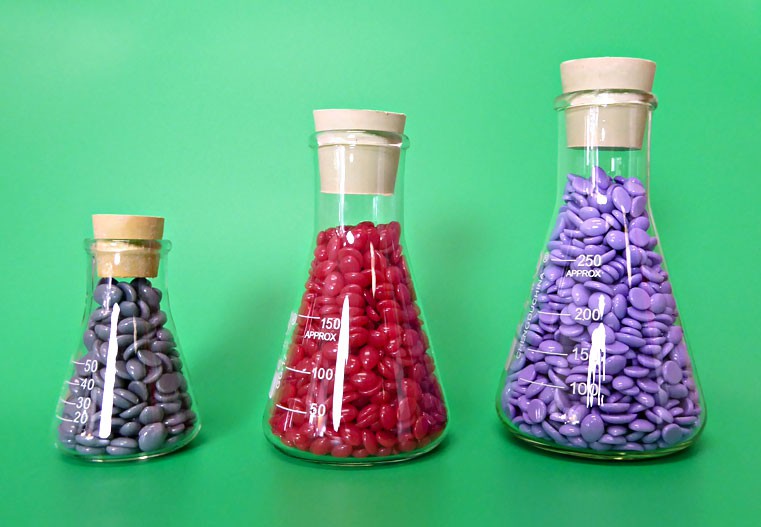 What is in your wax?Posted in EducationJanuary 9th 2020Wax is becoming increasing popular each year. Naturally more brands have appeared...Read more ...
What is in your wax?Posted in EducationJanuary 9th 2020Wax is becoming increasing popular each year. Naturally more brands have appeared...Read more ... -
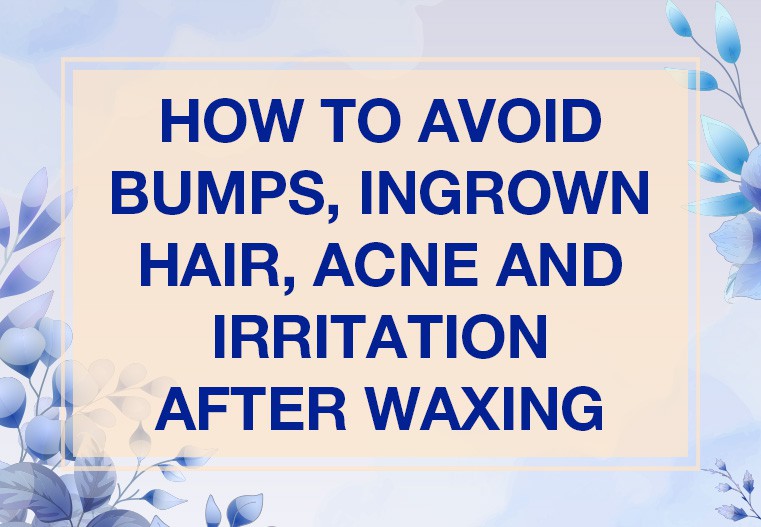 How to avoid Bumps, Ingrown Hair, Acne and Irritation after WaxingPosted in EducationAugust 9th 2020No matter what the hair removal procedure is chosen, any woman expects to get a smooth and beautiful skin....Read more ...
How to avoid Bumps, Ingrown Hair, Acne and Irritation after WaxingPosted in EducationAugust 9th 2020No matter what the hair removal procedure is chosen, any woman expects to get a smooth and beautiful skin....Read more ... -
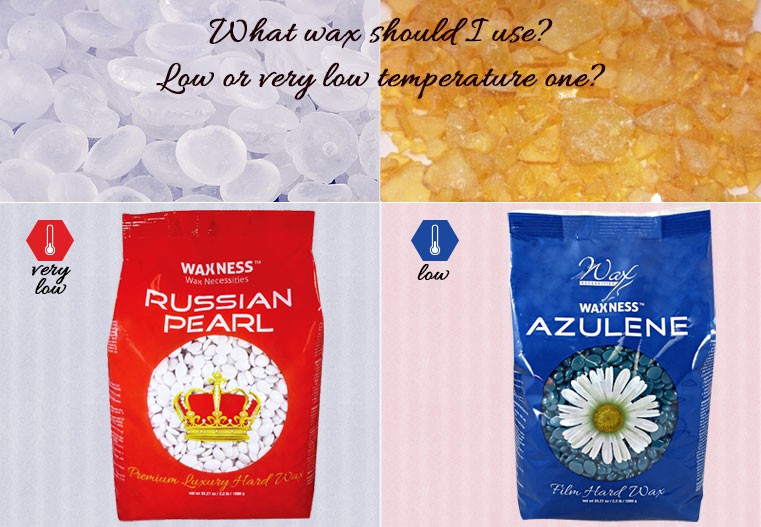 What wax should I use? Low or very low temperature one?Posted in EducationFebruary 10th 2020In present most of hard waxes are low temperature. They melt between 38 to 48 C / 100 to 118 F.Read more ...
What wax should I use? Low or very low temperature one?Posted in EducationFebruary 10th 2020In present most of hard waxes are low temperature. They melt between 38 to 48 C / 100 to 118 F.Read more ...
Featured posts
-
 Be+Well New YorkDecember 13th 2025Posted in ShowsDecember 13th 2025March 8-10, 2026. Be+Well - Beauty and Wellness Show, New York!Read more ...
Be+Well New YorkDecember 13th 2025Posted in ShowsDecember 13th 2025March 8-10, 2026. Be+Well - Beauty and Wellness Show, New York!Read more ... -
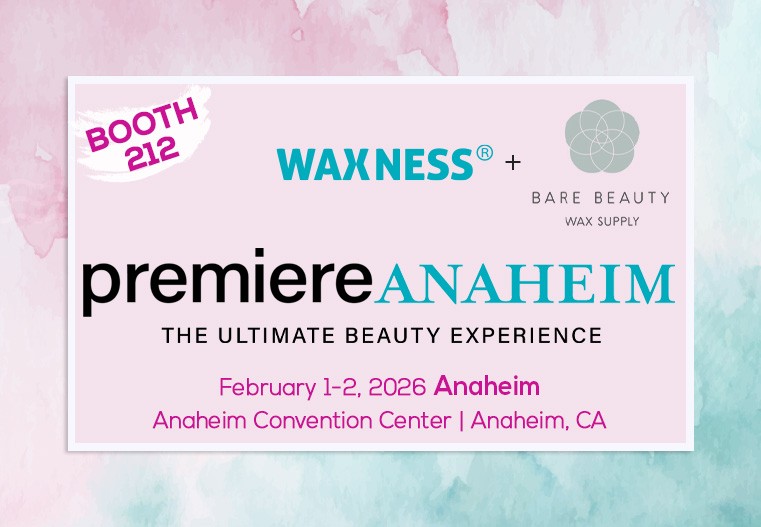 Premiere Anaheim ShowNovember 19th 2025Posted in ShowsNovember 19th 2025February 1-2, 2026. Premiere Anaheim - the Ultimate Beauty Experience in Anaheim, California!Read more ...
Premiere Anaheim ShowNovember 19th 2025Posted in ShowsNovember 19th 2025February 1-2, 2026. Premiere Anaheim - the Ultimate Beauty Experience in Anaheim, California!Read more ... -
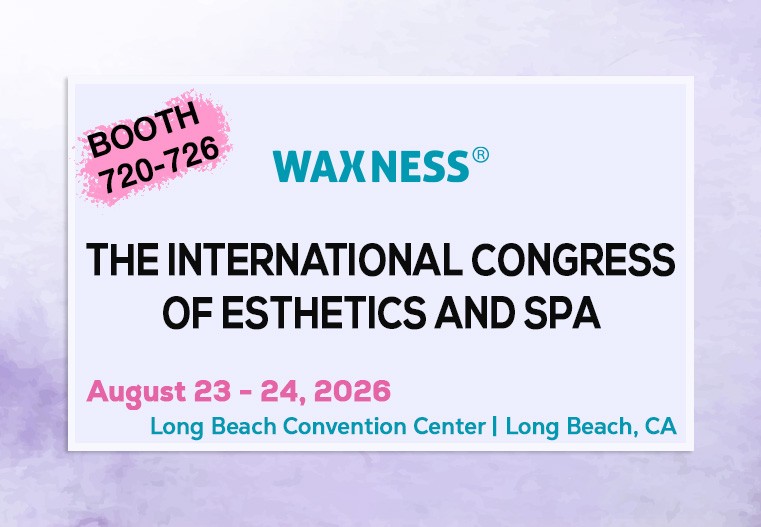 ICES Long Beach, CaliforniaOctober 8th 2025Posted in ShowsOctober 8th 2025August 23 - 24, 2026. The leading industry event for skin care and spa professionals!Read more ...
ICES Long Beach, CaliforniaOctober 8th 2025Posted in ShowsOctober 8th 2025August 23 - 24, 2026. The leading industry event for skin care and spa professionals!Read more ... -
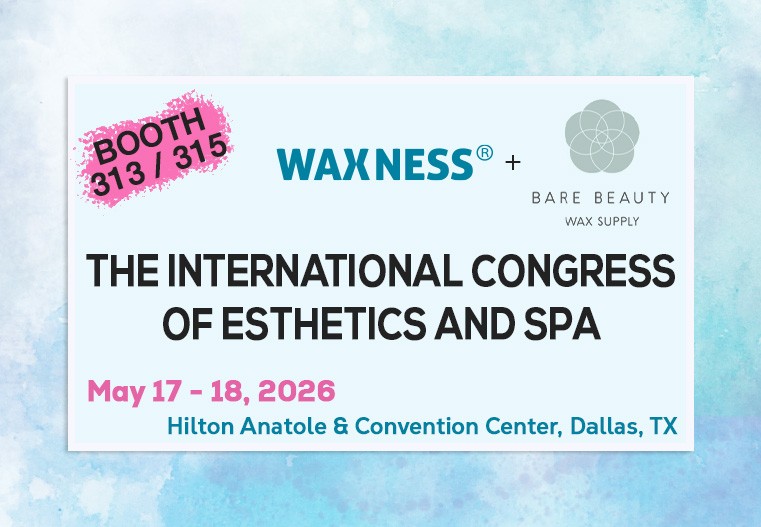 ICES Dallas, TexasJuly 12th 2025Posted in ShowsJuly 12th 2025May 17-18, 2026. The International Congress of Aesthetics and SpaRead more ...
ICES Dallas, TexasJuly 12th 2025Posted in ShowsJuly 12th 2025May 17-18, 2026. The International Congress of Aesthetics and SpaRead more ... -
 Waxness won the best value waxing brand in the US!March 26th 2025Posted in NewsMarch 26th 2025We are so grateful to be nominated as best “Value Waxing Brand in the US” for Dermascope Magazine’s 2025...Read more ...
Waxness won the best value waxing brand in the US!March 26th 2025Posted in NewsMarch 26th 2025We are so grateful to be nominated as best “Value Waxing Brand in the US” for Dermascope Magazine’s 2025...Read more ...
Blog tags
Are you a wax and glitter mixer?
Wax Mixing
Why do estheticians mix waxes?
There are several reasons why an esthetician might choose to mix different types of waxes:
1. Achieving Optimal Consistency: Some estheticians combine creamy and gel waxes to create a demi-creamy texture. This consistency is versatile and ideal for treatments such as Brazilian waxing and large areas. However, Waxness offers a range of demi-creamy waxes that do not require mixing.
2. Establishing Originality: Many salons and estheticians prefer to offer a unique wax blend characterized by a specific color, texture, or scent exclusive to their brand.
3. Addressing Supply Shortages: In instances where a particular wax is unavailable, mixing two or more types can provide an alternative to maintain service continuity.
For those who enjoy mixing waxes, we have good news! Generally, any combination of hard or soft waxes is permissible. However, for estheticians seeking perfection, it is advisable to mix waxes that are made from the same resin type. This is because waxes made from different resins may exhibit variations in viscosity at certain temperatures, resulting in one portion of the wax being thicker while another may be runnier.
To simplify the selection process, our website offers a filter that allows you to sort waxes by natural or synthetic resin. We recommend using this filter and mixing only waxes of the same type. Should you find it necessary to combine natural and synthetic resin waxes, ensure they are thoroughly mixed by initially heating them to a higher temperature and then gradually lowering the heat. While minor inconsistencies may occur, the wax should still be functional for use.

Wax and Glitter Mixing
Why mix waxes with glitter?
While waxes are visually appealing on their own, adding cosmetic glitter can elevate the aesthetic, making them more eye-catching. Glitter-infused waxes often attract significant attention on social media platforms, which can serve as an effective marketing tool to draw new clients.
However, there are important considerations when mixing wax with glitter:
1. Appropriate Quantity: Excess glitter can negatively affect the wax’s performance, making it more prone to breakage. Be sure to follow the manufacturer’s recommended amount of glitter for the quantity of wax you are using. While the glitter may enhance visual appeal, the ultimate goal remains to deliver a successful waxing service.
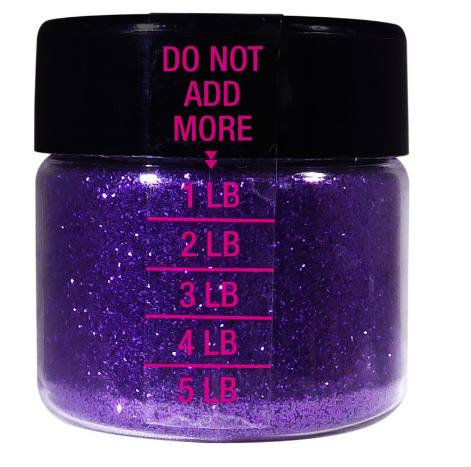
2. Ensuring Quality and Compliance: Only use fine cosmetic-grade glitter that is verified as safe for use in skincare applications. Always consult your supplier to confirm that the glitter meets FDA standards and that its ingredients are FDA-approved. It is essential to ensure that the colors in the glitter are FDA-batch certified. This is particularly important because certain cosmetic colorants may pose safety risks. All products sold in the U.S. must include FDA batch-certified colors. Check product labels carefully, ensuring that color codes such as CI 42090, CI 77510 and CI 19140 are accompanied by their FDA names: Blue 1, Blue 27 or Yellow 5. You may also find the FDA colors on the label in this format “FD&C Blue 1” instead short form “Blue 1”. It is correct and it is the same color.
Similar products
-
Rose Film Hard Wax Beads 2.2 Lb / 35.27 Oz
Old price: $27.17
Price: $24.98
Discount: -8%
Save up: -$2.19
Natural Resin Base
For All Types of Hair
For All Types of Skin
Medium-Long...
-
Teal Dream Rosin Free Sparkly Hard Wax 2.2 lb / 1 kg
Old price: $30.44
Price: $27.99
Discount: -8%
Save up: -$2.45
-Rosin Free, unlikely to cause skin allergies due to rosin.-Exclusive sparkly...
-
Aura Rosin Free Hard Wax Beads 2.2 lb / 1 kg
Old price: $30.44
Price: $27.99
Discount: -8%
Save up: -$2.45
- Very versatile, and demi-creamy, it can be used by estheticians who prefer...
-
Sensi Clear Rosin Free Hard Wax 2.2 lb / 1 kg
Old price: $30.44
Price: $27.99
Discount: -8%
Save up: -$2.45
- Hypoallergenic synthetic resin
- Low temperature
- Pure, no colors or...
-
Rose Film Hard Wax Beads 2.2 Lb / 35.27 Oz
Old price: $27.17 Price: $24.98 Discount: -8% Save up: -$2.19Natural Resin Base For All Types of Hair For All Types of Skin Medium-Long... -
Teal Dream Rosin Free Sparkly Hard Wax 2.2 lb / 1 kg
Old price: $30.44 Price: $27.99 Discount: -8% Save up: -$2.45-Rosin Free, unlikely to cause skin allergies due to rosin.-Exclusive sparkly... -
Aura Rosin Free Hard Wax Beads 2.2 lb / 1 kg
Old price: $30.44 Price: $27.99 Discount: -8% Save up: -$2.45- Very versatile, and demi-creamy, it can be used by estheticians who prefer... -
Sensi Clear Rosin Free Hard Wax 2.2 lb / 1 kg
Old price: $30.44 Price: $27.99 Discount: -8% Save up: -$2.45- Hypoallergenic synthetic resin - Low temperature - Pure, no colors or...

